In India radical Hindus claim that they are heading and minority status despite current estimates placing the Hindu population at 830 million and the Muslim population at 130 million. India’s religious populations and their respective populations and their respective growth rates became increasingly significant especially after the British used the Minto-Morley Reforms in 1909 and the Motague-Chelmford Reforms of 1919 to institute elective representation along communal representation along communal lines. During the past twenty years people in various regions of India have formed nonviolent action movements to protect their environment their livelihoons, and their ways of life. The population bulge not only creates economic and environmental chellenges for the Indian state, but it also has political ramifications for parties and elites determined to attain and maintain power. These environmental movements have emerged from the Himalayan regions of Uttar Pradesh to the tropical forests of Kerala and from Gujarat to Tripura in response to projects that threaten to dislocate people and to affect their basic human rights to land, water and ecological stability to life-support sytems.
Indian Historical Demography and Environmental Development
In stock
Free & Quick Delivery Worldwide
reviews
Bibliographic information
Title
Indian Historical Demography and Environmental Development
Author
Edition
1st ed.
Publisher
ISBN
9789380752303
Length
vi+264p., 22cm.
Subjects

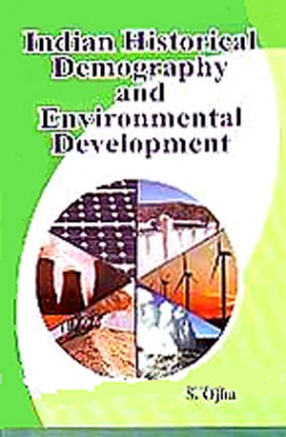
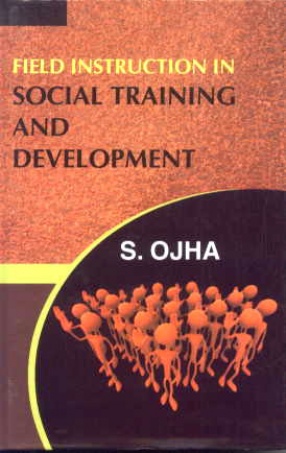
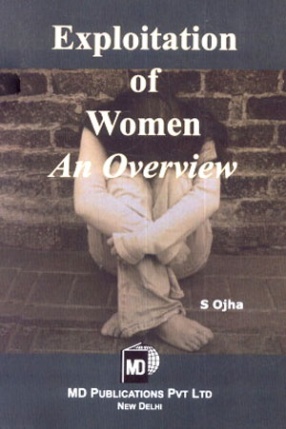
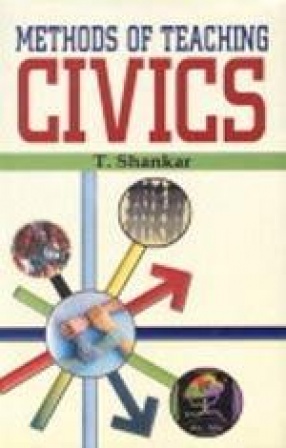

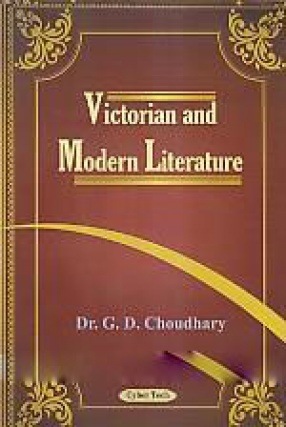
There are no reviews yet.